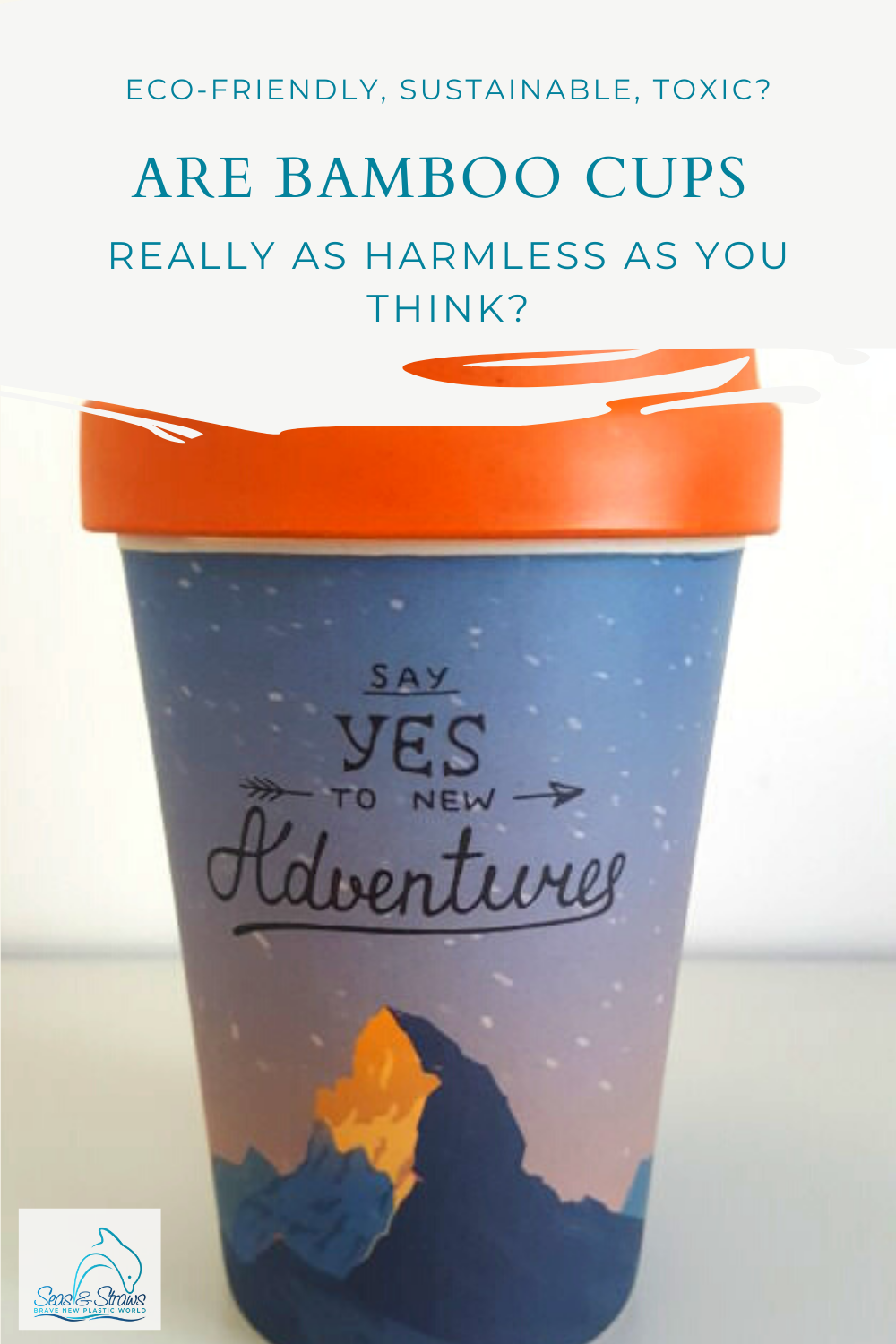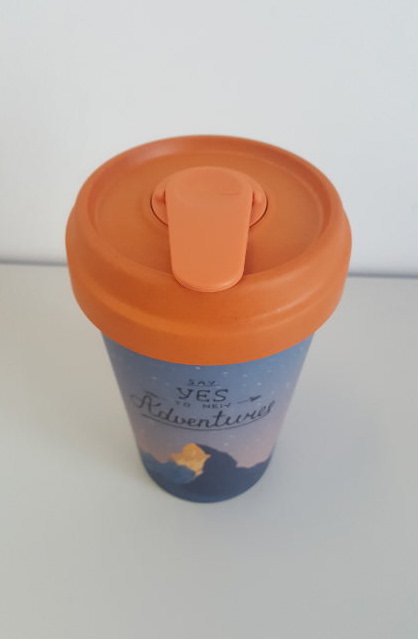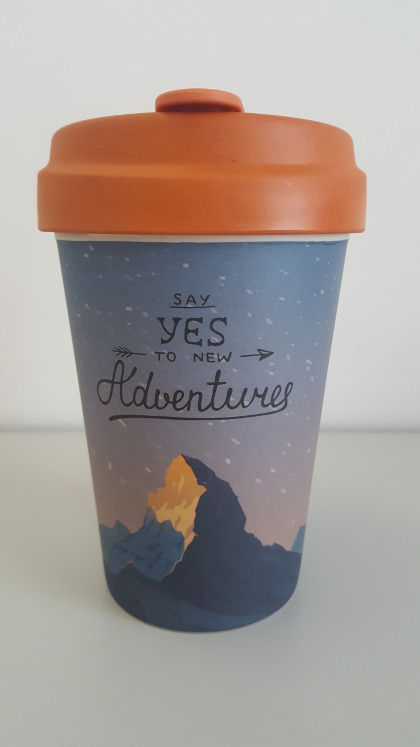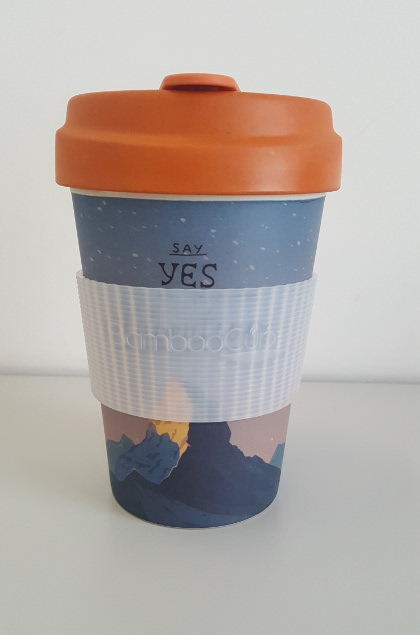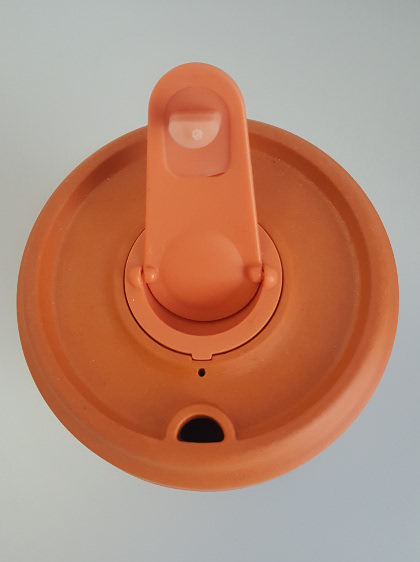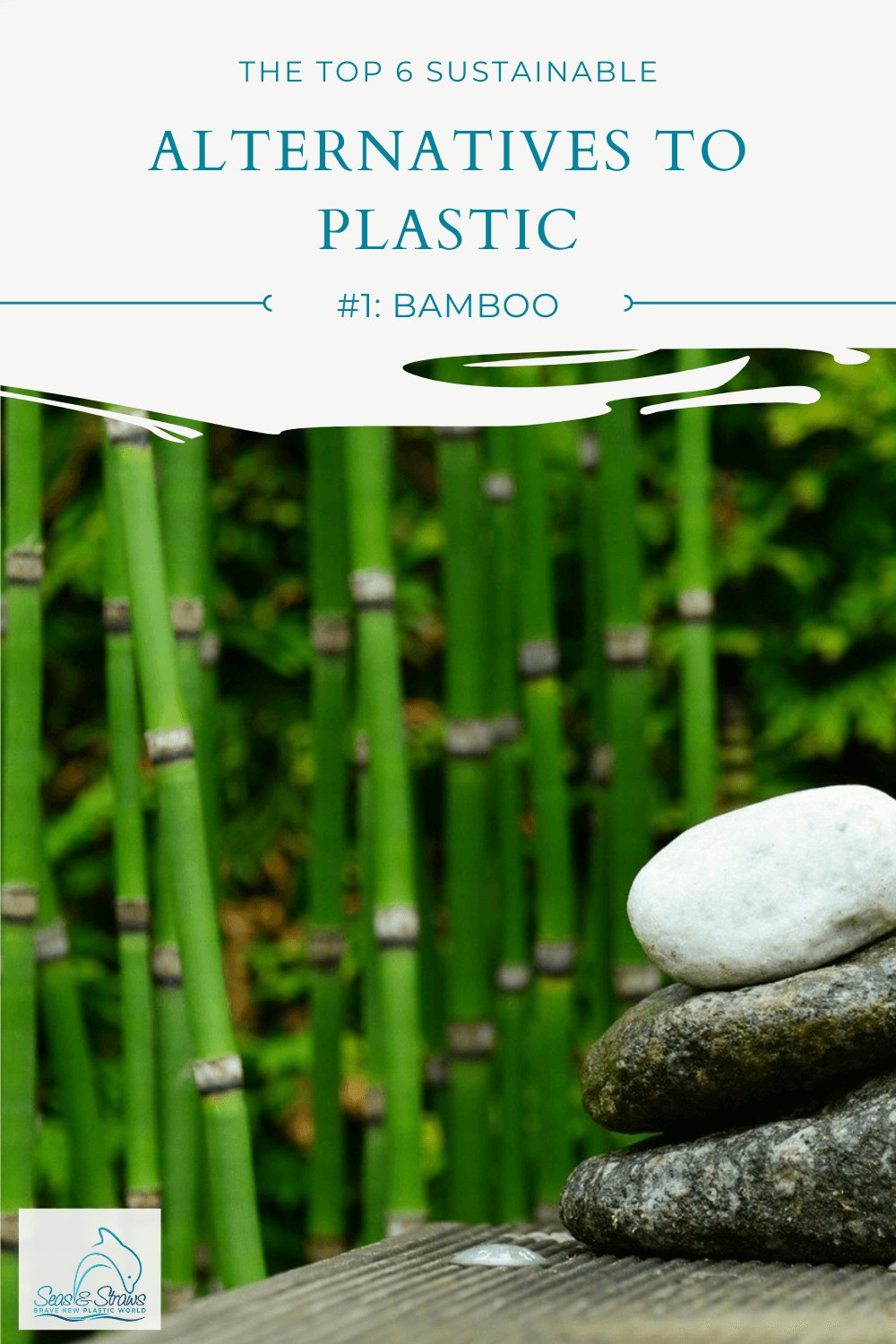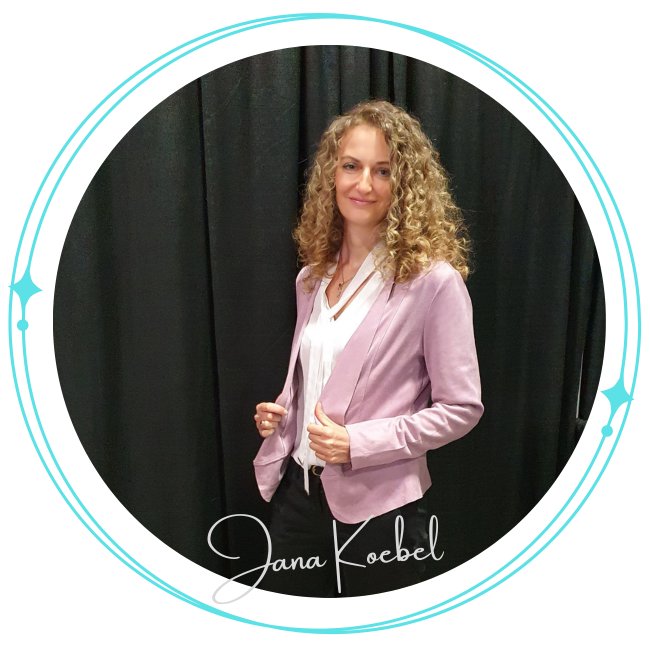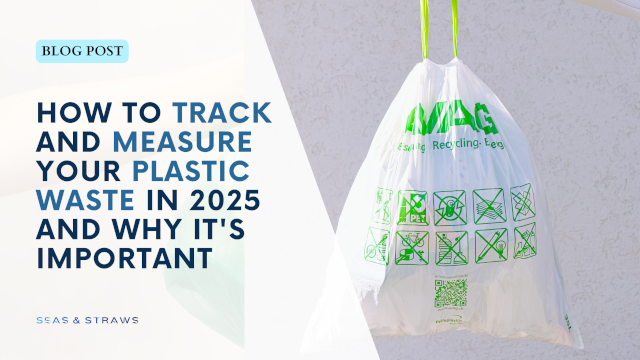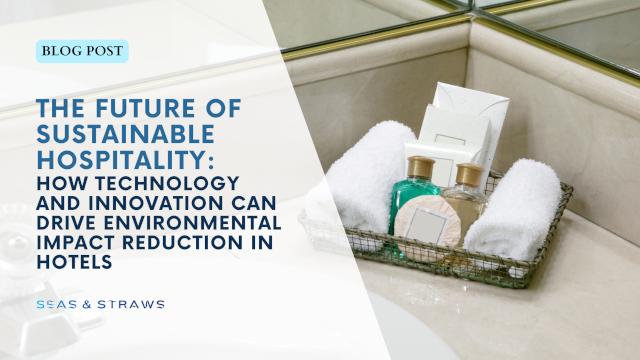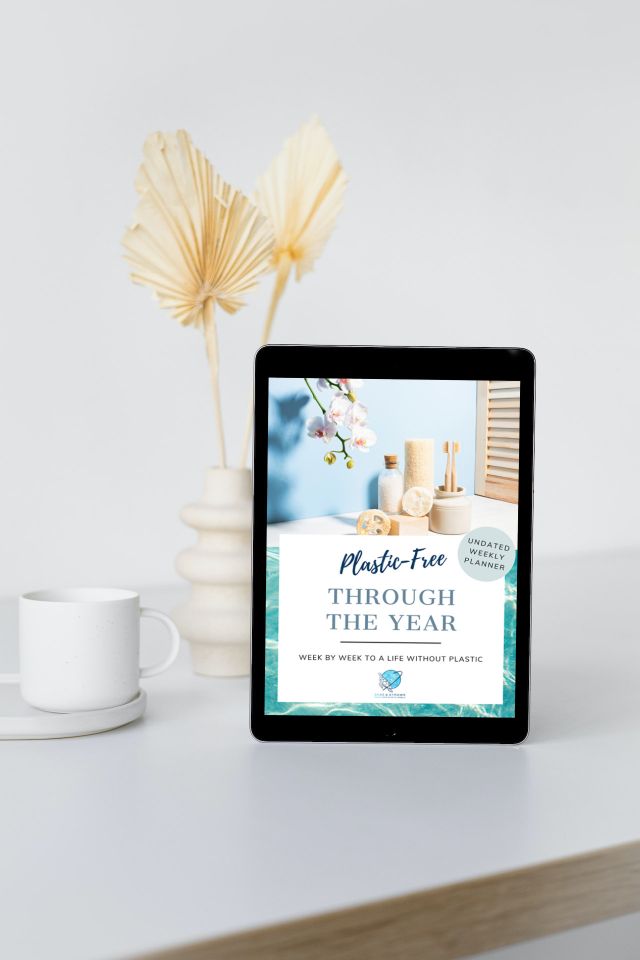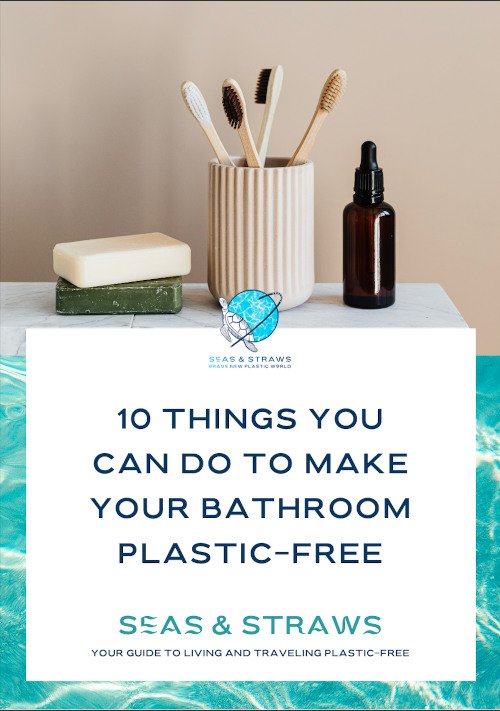- Home
- Plastic Alternatives
- Bamboo
- Bamboo Cups
How bamboo cups will change the way we drink coffee
We go through 500 billion disposable coffee cups each year. They are designed to be used for the duration of one drink and then thrown away. But there is no 'away'. Coffee cups cannot be recycled and do not decompose. They end up in landfills or in the environment where they need 500 to 1000 years to break down into smaller and smaller pieces, all the while harming nature, animals and, lastly, us.
With that in mind, it is logical that we have to start thinking of a sustainable way to get our daily coffee fix.
Fortunately, there is bamboo.
Bamboo is the best alternative to plastic that I can think of. It grows incredibly fast (some species grow up to 1 meter per day), and since it's a plant, not a tree, it does not die when cut down. It does not need any pesticides or chemical fertilizers to grow, which means that most bamboo products are naturally organic.
Bamboo fibers are strong, resilient but lightweight, and incredibly versatile. They can be made into almost anything. Even into beautiful, durable coffee cups.
Here is everything you need to know about bamboo cups. The good and the bad.
How are bamboo cups made?
The cups are made with bamboo fibres and corn starch to form a paste, which is then mixed with a resin. Melamine is added as a binder, to ensure that the product is durable and suitable for higher temperatures.
Now, melamine is an organic chemical that is typically used in the manufacture of plastics. Doesn't sound good, does it?
Do you remember melamine dishware that used to be very popular in the 50s and 60s? No? Well, it is still used for camping and for baby and toddler tableware today. Melamine is considered safe, because it usually does not migrate into the food. That's a big advantage to the phthalates and the BPA in plastics that are known to leach.
However, melamine per se is not approved for human consumption, and the FDA set a limit of 2,500 PPB (parts per billion) on melamine intake. Anything that might leach from the bamboo cup into the drink will be far below that. Still, why you would create an organic bamboo product and use a plastic chemical as a binder is beyond me.
The producers here in Europe assure that the melamine usage is in accordance with EU regulation No 10. 2011 to ensure food safety to the very highest standards.
are bamboo cups safe?
Update: Bamboo cups are a growing trend in Europe, which lead several official laboratories to test bamboo coffee mugs and cutlery.
The result: Apart from the melamine, almost all of the products also contained formaldehyde, and in some cases significally exceeded the legal limits. Formaldehyde gas is classified as "probably carcinogenic to humans". Melamine, the studies said, can lead to kidney damage and cancer. Tests showed that both will pass from the cup into the beverage at temperatures above 160 degrees Fahrenheit (70 degrees Celsius)! In almost all of the tested cups, high level of melamine, in most of them also high levels of formaldehyde, were found in the hot beverages after the third filling.
Apart from the significant health risk, the producers knowingly mislead the consumers as melamine, together with formaldehyde, produces a plastic resin. In some cases, the plastic content can be at 30 percent! The content of bamboo fibres was also at 30 percent only. In addition, the producers did not properly warn the consumers about the dangers of using the cups for hot beverages.
So, are bamboo cups safe? That's a definite NO.
100 percent plastic-free? Certainly not.
100 percent harmless to your health? Certainly not.
----------------------------
Note: This study was conducted AFTER I bought the chic.mic cup and wrote this review. For the sake of completeness, I will keep the rest of my review - which was very positive - unchanged, so that everyone is encouraged to form their own opinion.
What are the benefits of bamboo cups?
I recently bought a cup from the company chic.mic.
On the packaging, which is simple and completely made of cardboard, you find 8 good reasons why you should buy this cup:
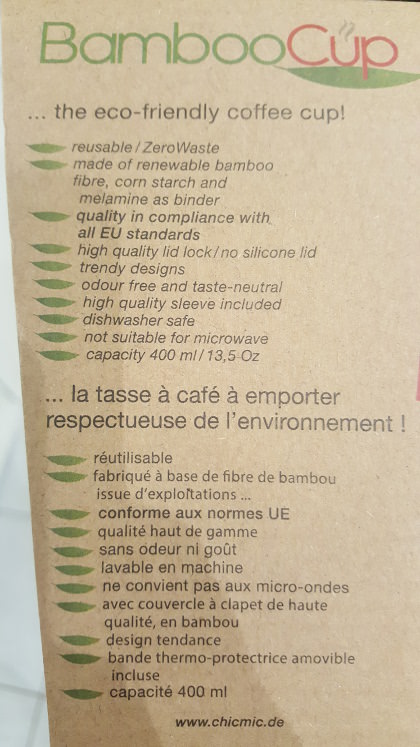 Bamboo Cup Packaging
Bamboo Cup Packaging1. Reusable / zero waste
The cup can be used again and again. It can last for years, if you take good care of it. Imagine all the disposable, plastic cups you will save if you buy just one reusable bamboo cup and take it with you to the coffee shop. And once your cup has completed its service, it is completely biodegradable. No waste generated.
2. Made of renewable bamboo fibre, corn starch and melamine as binder
Bamboo is an organic, renewable material. Some bamboo plants can grow up to 1 meter per day and does not die when cut, so it's a very sustainable resource. Corn starch is also a natural, biodegradable material. I already talked about melamine.
3. Quality in compliance with all EU standards
This refers to the melamine. It seems that the producers misled us in that respect. Please read my update in red above!
4. High quality lid lock / no silicone lid
Here is the reason why I decided to buy the chic.mic cup. All the other bamboo cups I saw so far had a silicone lid. Yes, silicone is safer than plastic and I understand why you would use it, but I'm still not a fan. Chic.mic seems to be the only company that makes lids of bamboo. So, why would I buy a cup with a silicone lid when I can get one with a bamboo lid?
That being said, there is a thin silicone ring inside the lid which is apparently needed to make the cup spill-proof.
5. Trendy designs
The bamboo cup I bought is available in various beautiful colors and designs. I chose one that says 'Say YES to new Adventures' because I love to start the day with a motivational thought.
As you can see from the picture above, the colors are clear and bright but nonetheless a bit muted and earthy. They look natural.
I don't know if the bamboo material doesn't allow for flashy printing or if it's intentional but I like it that way. On the inside, it's a plain cream color.
6. Odor free and taste-neutral
Immediately after unpacking, I could not smell any strange or artificial odor. Bamboo is, unlike plastic, free from pesticides or chemicals of any kind. Bamboo products do not contain the harmful BPA or phthalates, either, which often give plastic bottles that strange, chemical smell and taste. Remove all that and you smell...nothing.
7. High quality sleeve included
The coffee cup is, obviously, safe for hot and cold drinks, but it's not isolated, so don't expect it to keep your coffee hot for hours. It also gets very, very hot, so you will need the protective sleeve that comes with the package. This sleeve is, like the sealing ring, made from silicone. I suppose there was no natural alternative.
Are bamboo cups dishwasher safe?
The packaging says that they are dishwasher safe. I have not tried that yet.
Can you microwave bamboo cups?
No, the bamboo cup is dishwasher safe but not microwave safe. Please do not put the cup in the microwave, as the heat will cause the melamine and the formaldehyde to migrate into the drink.
How do they feel?
I immediately fell in love with the feel of the material. It is incredibly soft to the touch, almost satiny. There are no rough edges or bumps, everything is round and smooth.
It is also very lightweight, much more so than glass or steel. This makes it perfect for carrying in your handbag or backpack. At the same time, it looks robust and high-quality. I haven't dropped the cup yet (and I don't intend to) but I cannot imagine that it breaks easily. If you did a stress test on a bamboo cup, let me know. :-)
I have carried it around in my handbag, my backpack, and my suitcase, and I still can't see the slightest scratch or indentation.
The handling
Despite the silicone ring and the clasp, the cup is not 100% spillproof. This is intentional. There is a tiny hole in the lid which is needed to suck in air while you drink. So be careful. The opening for the coffee itself is a tiny bit too small and I find it difficult to drink, especially more viscious liquids. That's one suggestion for improvement, chic.mic.
Summary
Before I knew about the greenwashing, I was very happy with my cup. I especially liked the smooth feel and its light weight. I used to carry around a ceramic cup, but bamboo is so much lighter, I barely felt it in my bag. There was no need to be concerned about crushing or breaking it, either. It is quite robust.
Now? I removed my bamboo cup entirely (which I used every day for my tea) from my kitchen and looked for a more "honest", healthy alternative, like glass or stainless steel.
For cold drinks, that's the recycled and recyclable, stainless steel Enviro-Cup.
Plastic-free to-go coffee cup that you love?
Write about it!
Found a better solution than the bamboo cup? Share your story, tip or review about your favorite plastic-free, non-toxic coffee to-go cup.
Want to work with me?
At Seas & Straws, I have made it my life's work to inform my readers about the health and environmental consequences of disposable plastic and to help them replace it with eco-friendly, sustainable products. I am deeply passionate about animals and I do everything in my power to help keep plastic away from the oceans so that no more animals have to die in agony.
I am happy to cooperate with all companies and brands that have developed a truly eco-friendly, sustainable product as well as hotels that have made it their mission to eliminate disposable plastic in their daily operations as far as possible.
